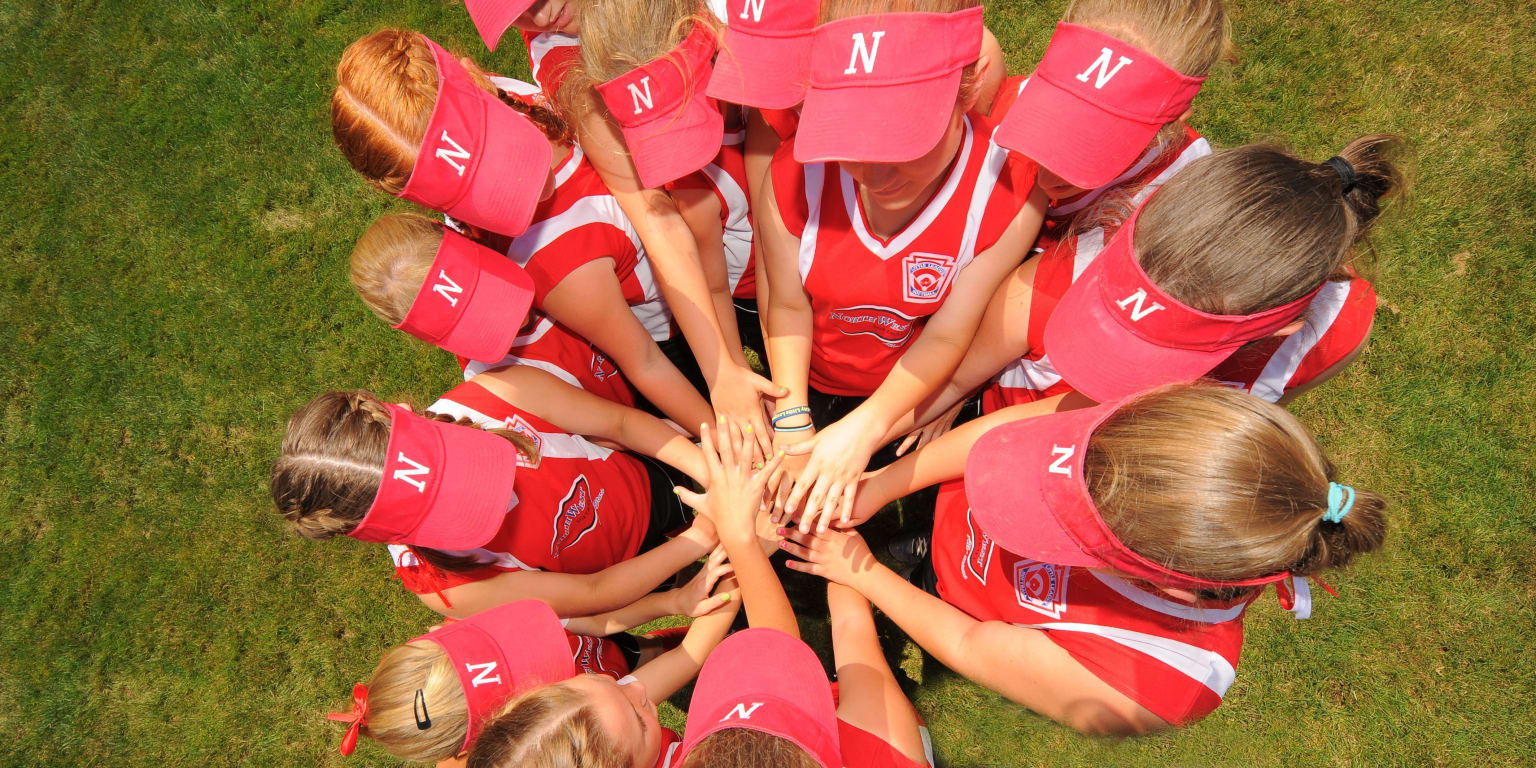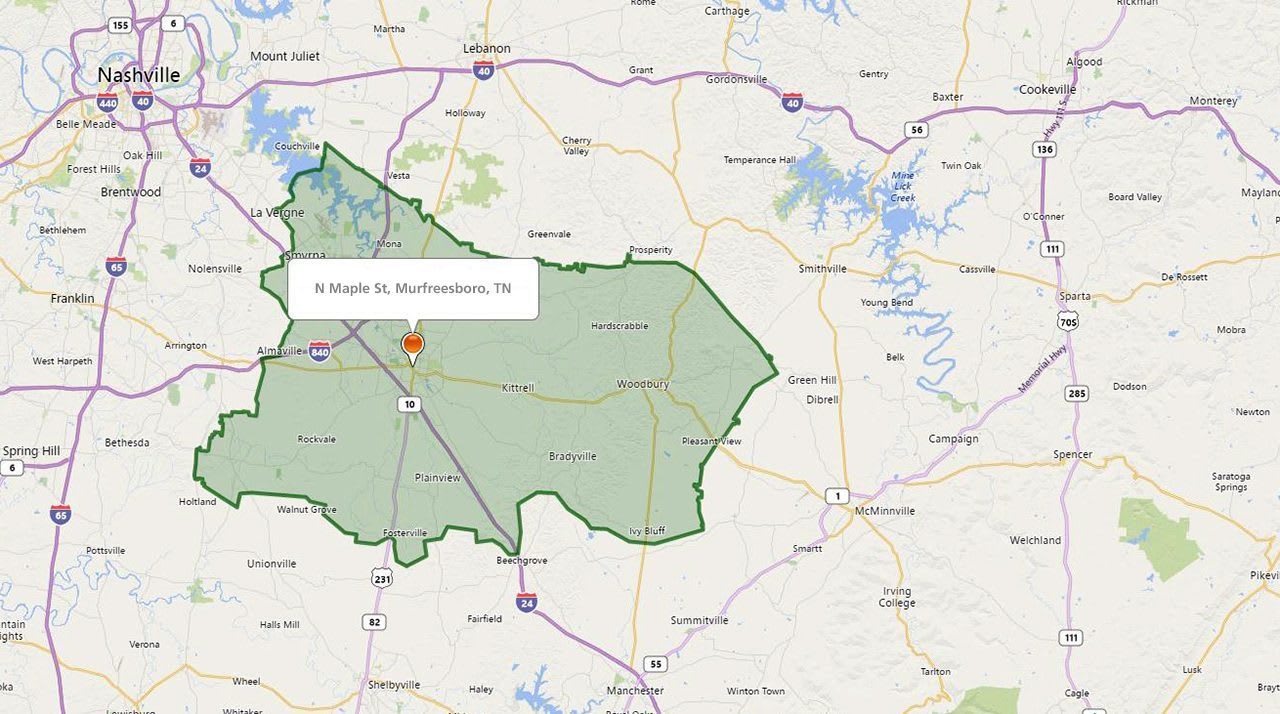
Since its inception, a primary focus of Little League® has been to provide a healthy activity for kids to enjoy alongside their friends. It was clear back in 1939 that parents preferred that family-and-friend style of activity, where those within the community could gather and interact with each other while watching their children have fun with their friends. Over the past seven decades, that close-knit preference has not diminished, but as communities have changed, so has Little League. Providing parents the option to enroll their children in the league where they reside or where they go to school is one sign of the program’s adaptability.
One of the key differences that sets Little League apart from many other youth organizations is our boundary regulations, which are specifically designed to maintain that community, hometown spirit. As registrations are held from coast to coast, and beyond, it’s important for parents to better familiarize themselves with these regulations, so they understand exactly what Little League Baseball® and Little League Softball® offer to kids, families, and communities.
Boundary Maps
When a local Little League program is formed, it must submit a league boundary map. The boundary map serves several purposes within the Little League program, including maintaining a community environment within the league. Streets and areas are specifically outlined, and no local league boundary can overlap or encroach on another chartered Little League’s boundary. This ensures that community feel parents want.

League Options for Players
There are three options for where Little Leaguers can play.
- Kids whose primary residence is within the local league’s boundary can play for that hometown league.
- Kids can play for the league where their school is located.
- Kids from divided homes may choose to play in a league in whose boundaries either parent resides.
A player may not participate in more than one Little League program if they are participating in Tee Ball or the Minor Divisions. Players in the Major Division, or any of Little League’s Teenage Divisions, has the option to dual roster. This means a player can play on up to two regular-season teams in the same year. There is also a waiver process, where parents can work with local leagues to provide additional opportunities for a child to participate in a league outside of where they live or go to school.
Find My League
Little League has launched a League Finder, where parents can simply enter an address online, and our database will find the league that the address resides in. Visit LittleLeague.org/LeagueFinder to take advantage of this great resource.
District
Roughly 10 to 20 leagues in a given area commonly comprise a district. The District Administrator is an experienced volunteer, elected by the constituent leagues to provide leadership to each league, and serve as the liaison between the leagues and the Regional Director. These individuals are great resources for more information on the Little League offerings in your area. The District Administrator also organizes the District Tournament.
While Little League has evolved and expanded considerably since founding, the one constant that will always remain is the organization’s commitment to strengthening communities, while providing an opportunity for kids to play, and have fun with new and old friends.